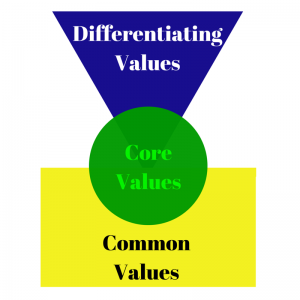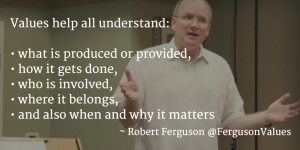The Power of Charity in Marketing
 Impoverished children. Neglected animals. Abysmal situations.
Impoverished children. Neglected animals. Abysmal situations.
Have you ever been emotionally moved by ads from charities, willing to do something about these terrible circumstances, asking for your help?
Many groups use video to tug at our heart-strings, while asking for donations, including:
– Christian Children’s Fund helping children in need of aid
– World Vision helping children out of poverty and injustice
– SPCA rescuing animals in horrible conditions
You may or may not agree with the use of such emotion in marketing. But it works.
Annual revenues of major charity organizations are not insignificant. Here are just a few, based on reports from Charity Navigator:
– Pennsylvania SPCA – over $13 Million (SPCA is divided up by region)
– ChildFund International – over $200 Million
– American Heart Association – over $600 Million
– World Vision – over $1.2 Billion
Charity is big business.
The Value of Charity
There are numerous financial reports highlighting the most charitable companies, and individuals. They report how much money was donated to various causes.
But the value of charity has nothing to do with money.
As a differentiating value, Charity means a kindly and lenient attitude; an activity or gift that benefits others.
Note that charity starts with our attitude. Then we may choose to do something – or give something – that helps someone else.
It’s a choice.
As I wrote in a previous post, when we choose to be charitable then we are showing that we’re thinking about others
Both individuals and organizations can choose to be charitable.
Consider the many employee-based initiatives that raise funds for various causes, such as cancer, diabetes, MS, leukemia, etc. The walks, runs, rides, golf tournaments, etc. are all expressions of charity.
But charity isn’t restricted to fundraising or donations.
Charity outside Charity
As a value, charity can be embraced by any organization – including for-profit businesses promoting a cause.
In looking for examples of charity I came across a touching video, sponsored by Pfizer, called “More than Medication” (I encourage you to watch it). As a pharmaceutical company, they acknowledge the power of charity within a family. What one person does for another can make a significant difference.
And you don’t have to be big to embrace charity.
Red Dot Buildings is an established manufacturer of metal buildings that integrated the value of charity into their corporate culture. Under the banner of Red Dot 100x, the company uses a portion of their profits and encourages employees to fulfill a mission for doing good, offering hope, and transforming lives.
MonaVie is a maker of health and wellness products and is listed as a top charitable company. In 2005, they started their MORE project, a program dedicated to helping impoverished Brazilian families escape poverty. It’s become a powerful way to engage their distribution partners to go beyond just selling product.
East Coast Towing provides towing services in Eastern North Carolina and parts of South Carolina. In early 2012 they launched a unique charity initiative with a Breast Cancer tow truck. It’s a pink truck that is quite distinctive and even though it is used to raise money for breast cancer research, it is like a magnet that attracts people who have a connection to breast cancer. Almost by accident, it has become a tremendous brand-building program.
Charity is a powerful value that brings people together, both from inside and outside an organization. It can create a sense of unity unlike any other value, helping individuals feel a collective sense of purpose while adding value to others.
It can also be a powerful marketing tool that helps differentiate your brand.
How has charity been used to benefit others and your organization?








0 Comments
Trackbacks/Pingbacks